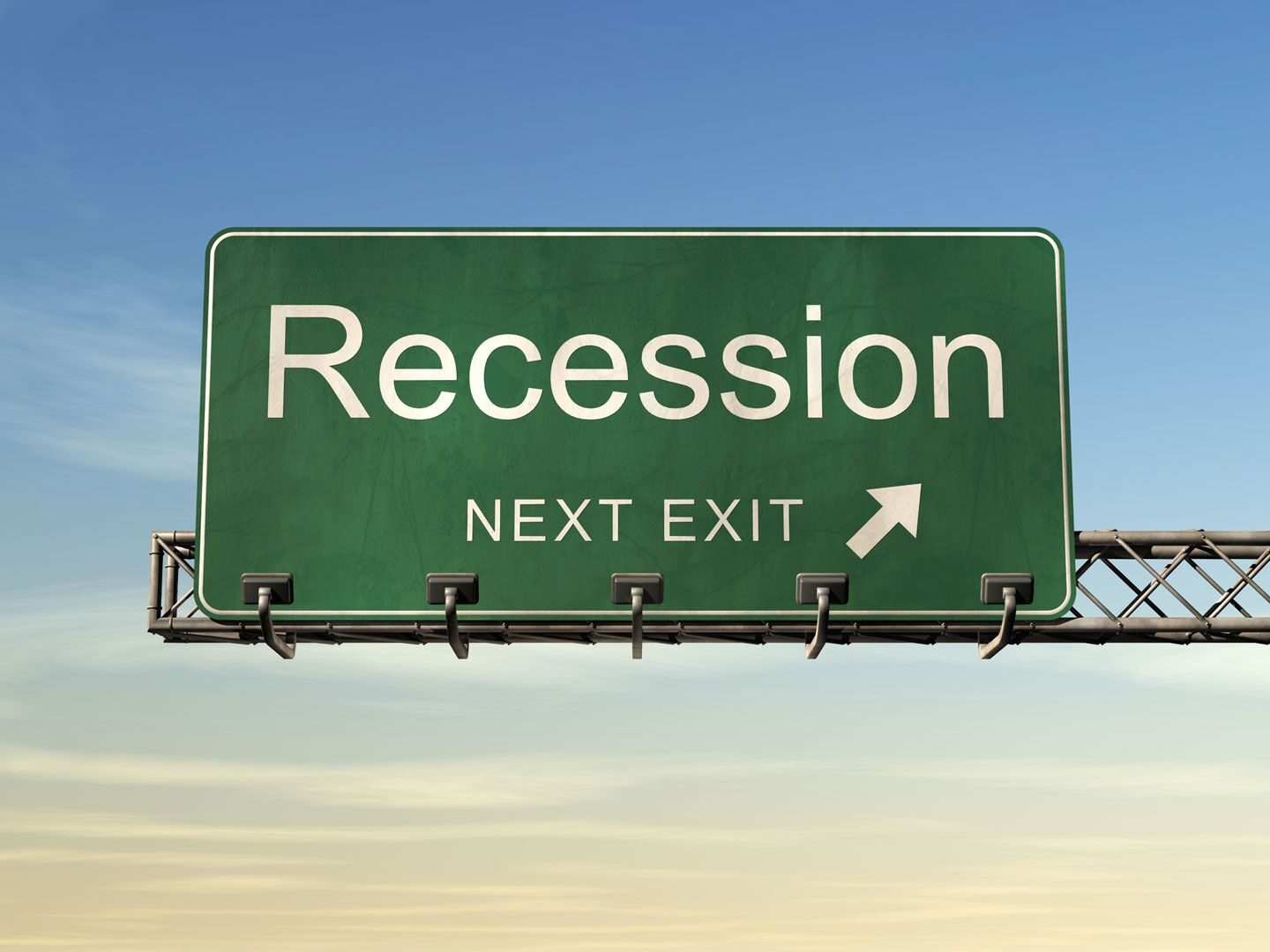-
Back to menu
Prices
-
Back to menu
-
Back to menu
Indices -
Back to menu
Research
-
Back to menu
Events -
Back to menu
Sponsored
-
Back to menu
Videos -
Back to menu
-
Back to menu
-
Back to menu
Webinars
Select Language
By Omkar Godbole, AI Boost|Edited by Parikshit Mishra
Aug 11, 2025, 7:12 a.m.

- The number of S&P 500 companies mentioning ‘recession’ in earnings calls has dropped significantly.
- Despite fears of economic impact from President Trump’s tariffs, markets have largely ignored recession concerns, with the S&P 500 rising 28% since April.
- Over 80% of S&P 500 companies have beaten earnings expectations in the second quarter, marking the strongest performance in four years.
Corporate America’s fears of a looming economic recession have evaporated as quickly as they emerged early this year.
The number of S&P 500 companies that mentioned the word “recession” during their second-quarter earnings call dropped sharply to just 16, down sharply from 124 in the first quarter, according to data source FactSet. A recession is defined as two consecutive quarters of negative economic growth, as measured by the gross domestic product.
STORY CONTINUES BELOW
“Recession was uttered just 16 times so far on earnings calls this quarter (4%), down from 124 in Q1 and the 10-yr average of 61. After Q4 ’24 it was the least of any quarter since Q4 ’21,” Neil Sethi, managing partner at Sethi Associates, said on X, quoting FactSet.
The decline comes as some observers fear that President Donald Trump’s trade tariffs are beginning to impact the economy.
Perhaps company leaders are operating under the assumption that the elevated tariffs will eventually be “watered down” through negotiations, rather than remaining a long-term economic burden.

Trump recently unveiled sweeping tariffs in addition to those announced in April in a move aimed at sparking a manufacturing boom. That has lifted the average U.S. tariff rate to 20.1%, the highest sustained level since the 1910s, according to estimates released by the World Trade Organization and the International Monetary Fund.
Markets, too, have largely looked past tariff-induced recession fears, with the S&P 500 rising 28% since the early April dip. Bitcoin, the leading cryptocurrency by market value, has risen to $122,000 from roughly $75,000, a 62% surge in four months, CoinDesk data show.
According to JPMorgan, traders have been focusing on resilient corporate earnings and the expected economic recovery following the interim slowdown.
More than 80% of S&P 500 companies have recently reported their second-quarter earnings, with over 80% beating earnings expectations and 79% surpassing revenue forecasts. That’s the strongest performance in four years.
Read: Here Are 3 Bullish Reasons Why JPMorgan Sees S&P 500 Rallying Much Higher
Disclaimer: Parts of this article were generated with the assistance from AI tools and reviewed by our editorial team to ensure accuracy and adherence to our standards. For more information, see CoinDesk’s full AI Policy.
Omkar Godbole is a Co-Managing Editor and analyst on CoinDesk’s Markets team. He has been covering crypto options and futures, as well as macro and cross-asset activity, since 2019, leveraging his prior experience in directional and non-directional derivative strategies at brokerage firms. His extensive background also encompasses the FX markets, having served as a fundamental analyst at currency and commodities desks for Mumbai-based brokerages and FXStreet. Omkar holds small amounts of bitcoin, ether, BitTorrent, tron and dot.
Omkar holds a Master’s degree in Finance and a Chartered Market Technician (CMT) designation.
“AI Boost” indicates a generative text tool, typically an AI chatbot, contributed to the article. In each and every case, the article was edited, fact-checked and published by a human. Read more about CoinDesk’s AI Policy.
More For You
By James Van Straten, AI Boost|Edited by Sheldon Reback
3 minutes ago

BTC nears record highs, but history suggests the $119,000 futures gap could invite a pullback.
What to know:
- CME bitcoin futures closed Friday at $117,430 and reopened Monday with a gap after the spot price hit $119,000 over the weekend.
- Traders warn that gaps are often filled, though strong momentum near all-time highs can create “runaway gaps” that remain open longer.
















